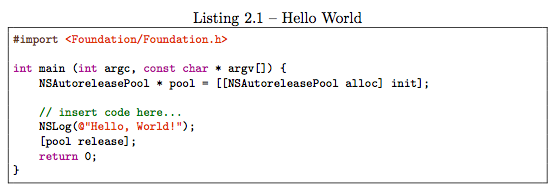
Chapman & Hall, New YorkĪvise JC (1996) Toward a regional conservation genetics perspective: phylogeography of faunas in the southeastern United States. Cited Īvise JC (1994) Molecular markers, natural history and evolution. Department of Statistics, University of Auckland, New Zealand. Mol Biol Evol 20:255–266Īnderson MJ (2004) DISTLM Version 5: a FORTRAN computer program to calculate a distance-based multivariate analysis for a linear model. klauberi are embedded in a larger geographic clade whose range has expanded from western Arizona populations, and these data are concordant with clinal longitudinal variation in morphology.Īlfaro ME, Zoller S, Lutzoni F (2003) Bayes or bootstrap? A simulation study comparing the performance of Bayesian Markov chain Monte Carlo sampling and bootstrapping in assessing phylogenetic confidence. Mitochondrial sequences suggest specimens recognized as C. Neither molecular nor morphological data are concordant with the traditional C. Thus these two clades likely comprise ‘evolutionary significant units’ (ESUs). Our data indicate that diversification between these clades has developed as a result of both historical vicariance and environmental isolating mechanisms.

Phylogenetic and population genetic analyses reveal genetic isolation and independent evolutionary trajectories for two primary clades. We estimated the species gene phylogeny from 81 snakes using Bayesian inference and explored possible factors influencing genetic variation using landscape genetic analyses. occipitalis across its geographic range with genetic analysis of 1100 bases of mitochondrial DNA sequence and reanalysis of 14 morphological characters from 1543 museum specimens. We examined the phylogeography, population structure, and subspecific taxonomy of C. klauberi have declined over the last 25 years due to habitat alteration and loss prompting a petition to list this subspecies as endangered. occipitalis, with particular focus on individuals within the known range of C.

Our goal was to explore evolutionary relationships and boundaries among subspecies of C. However, these taxonomic proposals were largely based on weak morphological differentiation and inadequate geographic sampling. Morphological assessments of taxonomy currently recognize four subspecies. Chionactis occipitalis (Western Shovel-nosed Snake) is a small colubrid snake inhabiting the arid regions of the Mojave, Sonoran, and Colorado deserts.


 0 kommentar(er)
0 kommentar(er)
